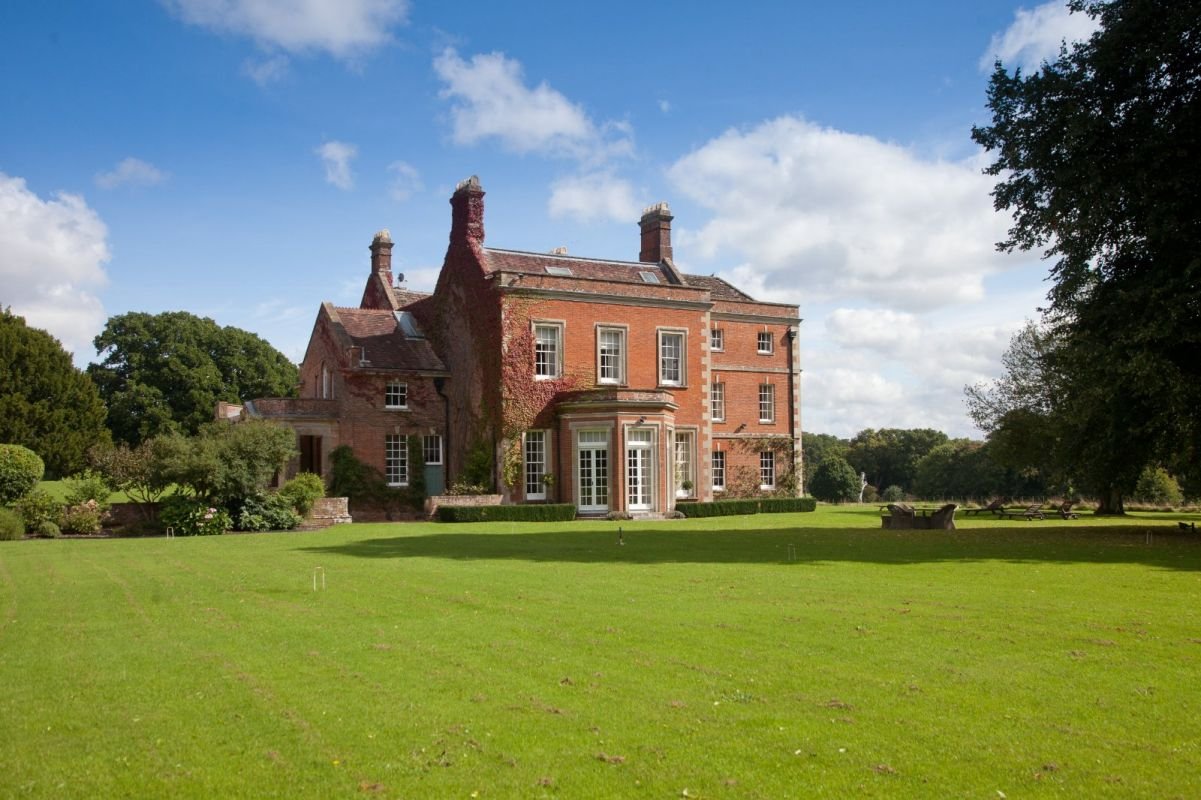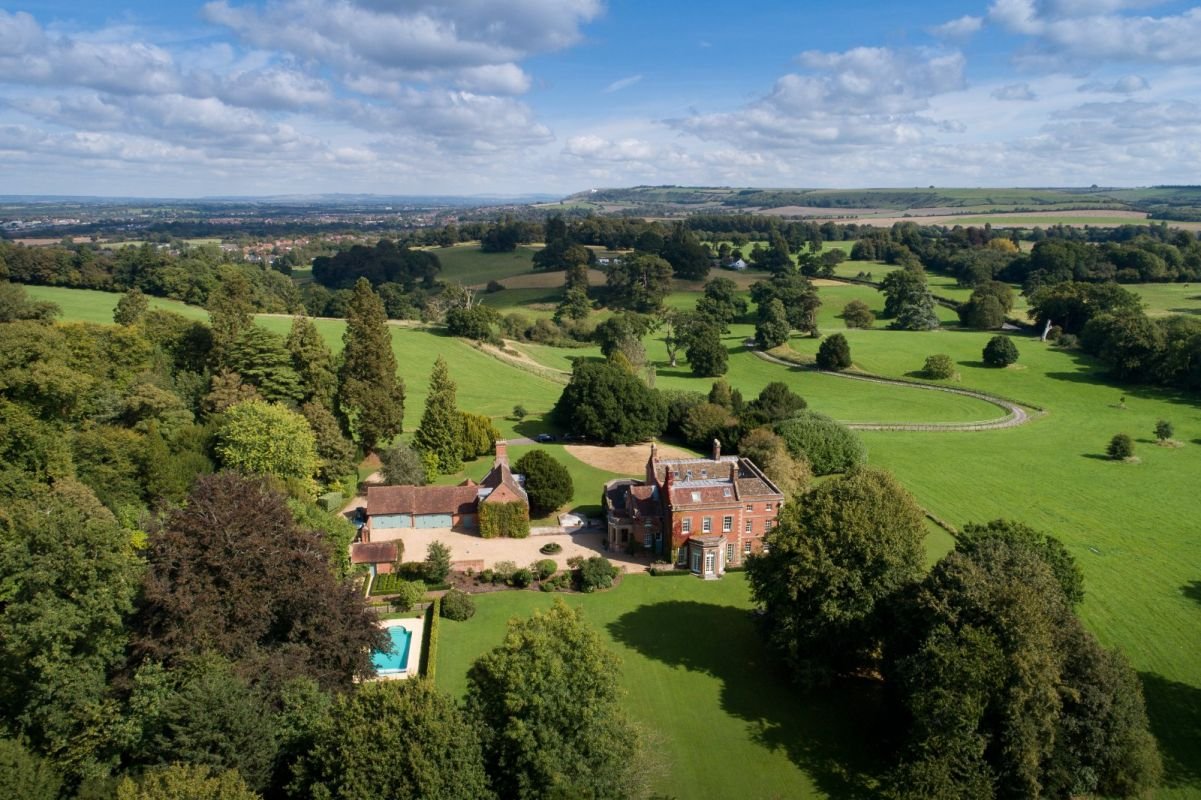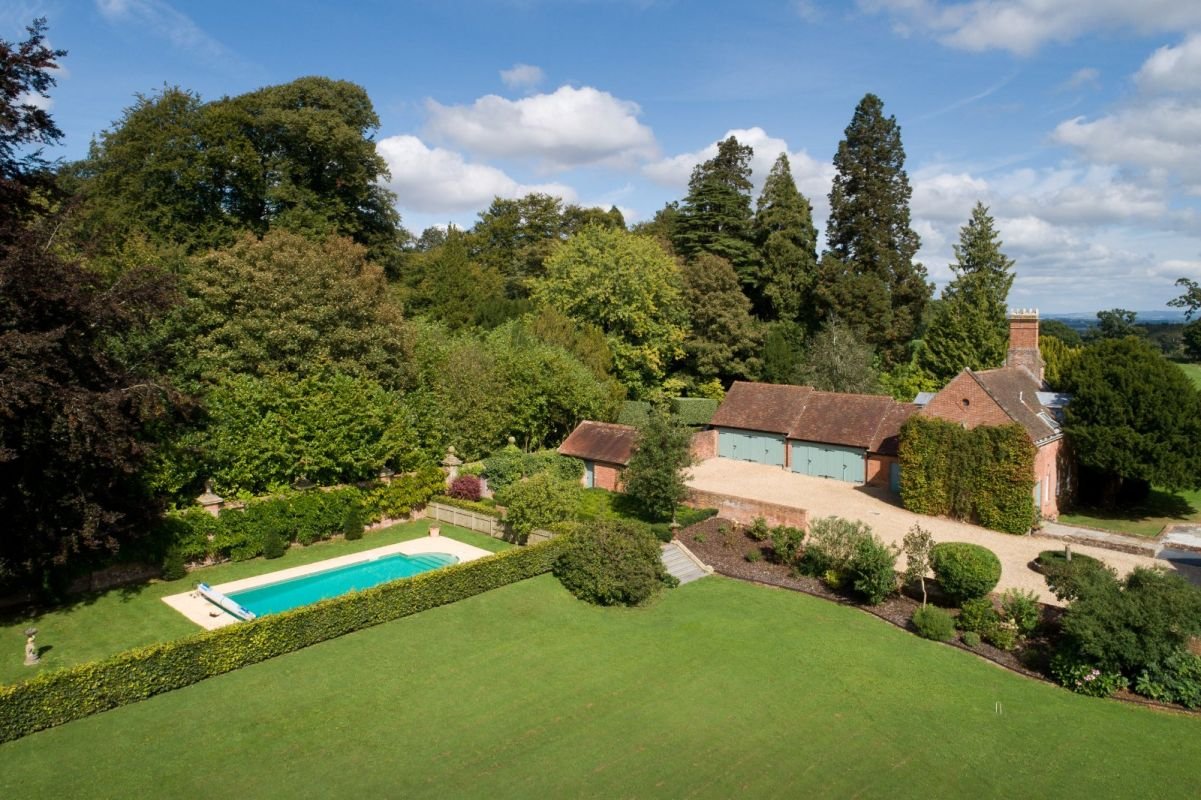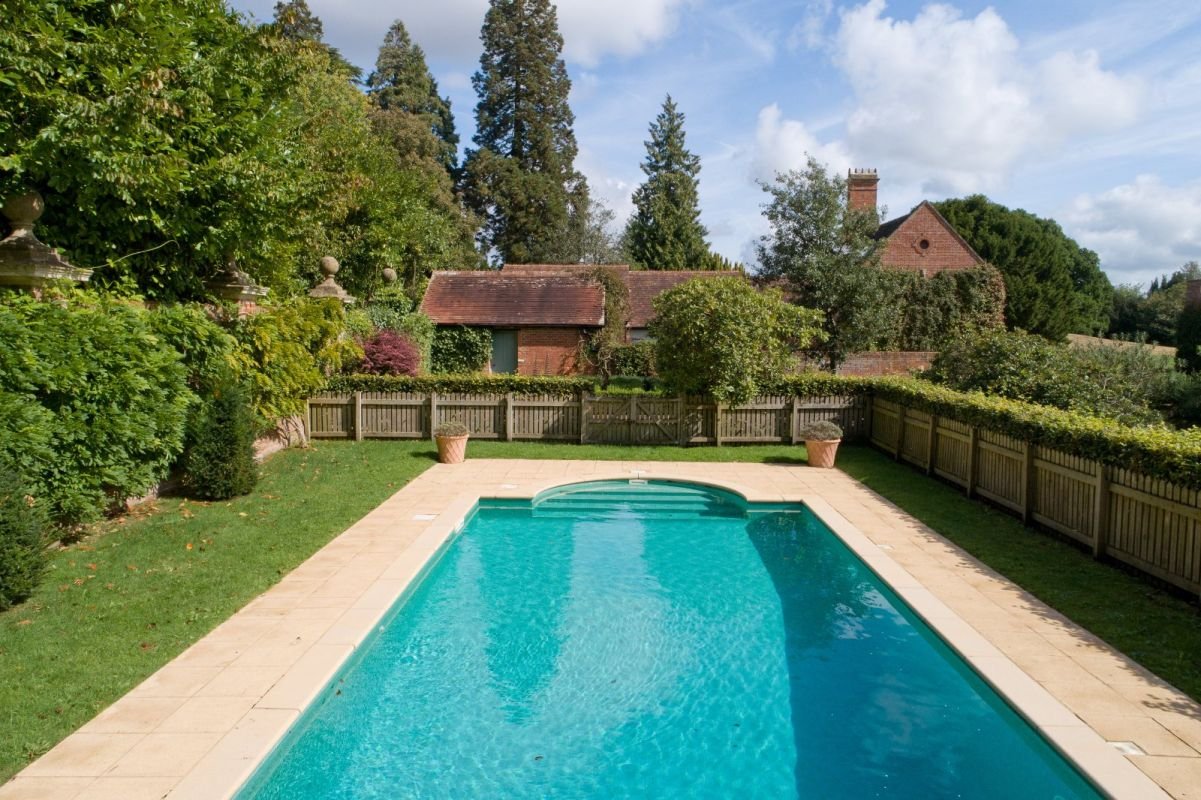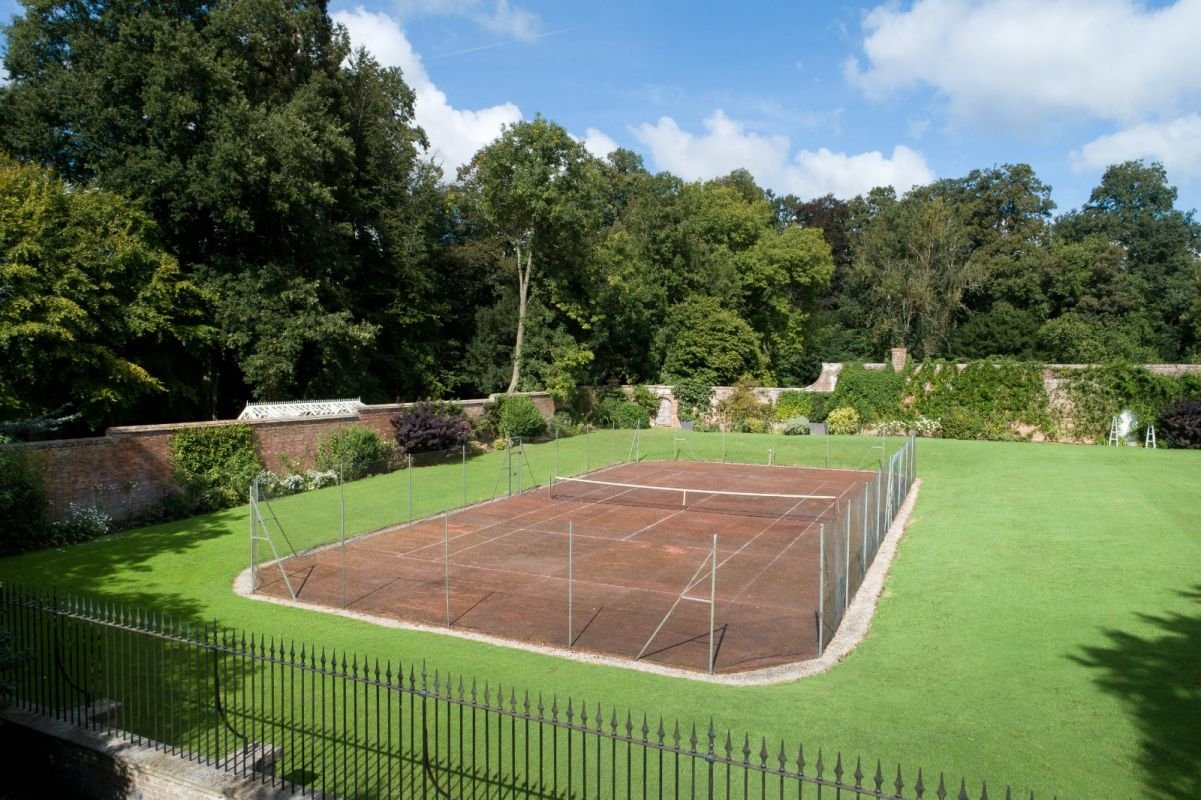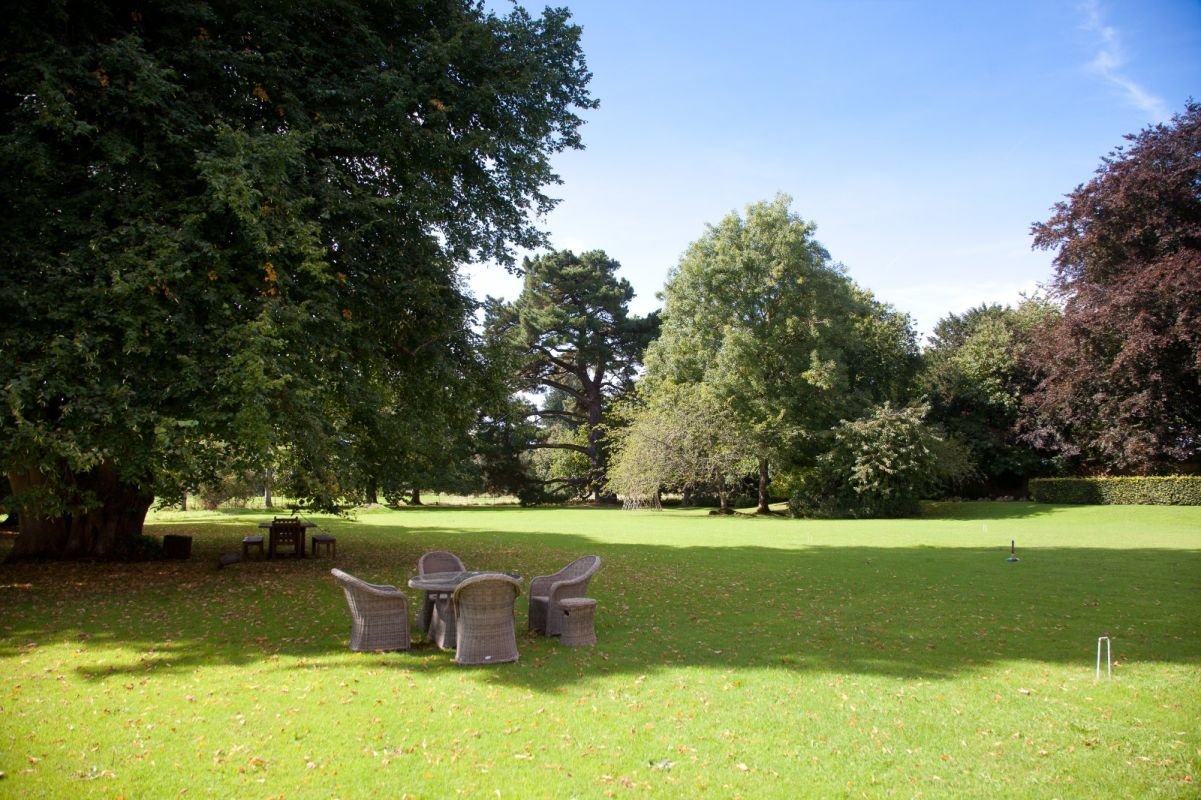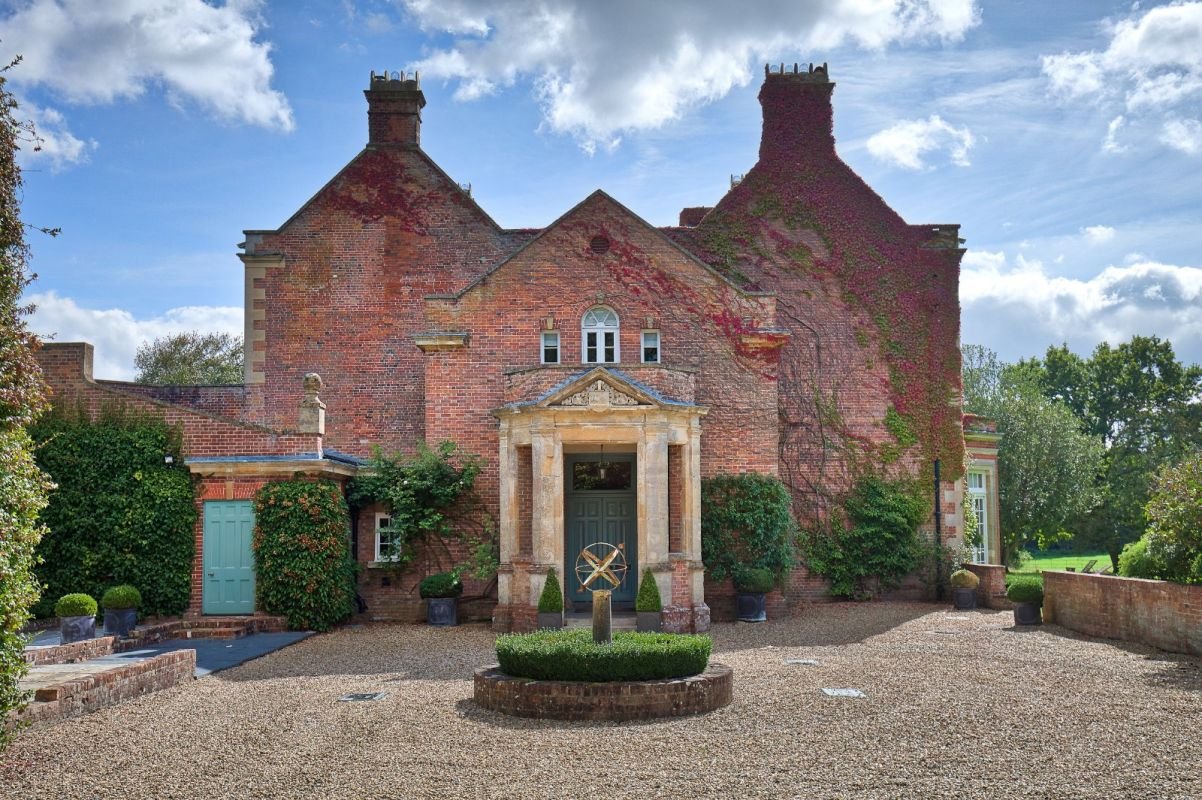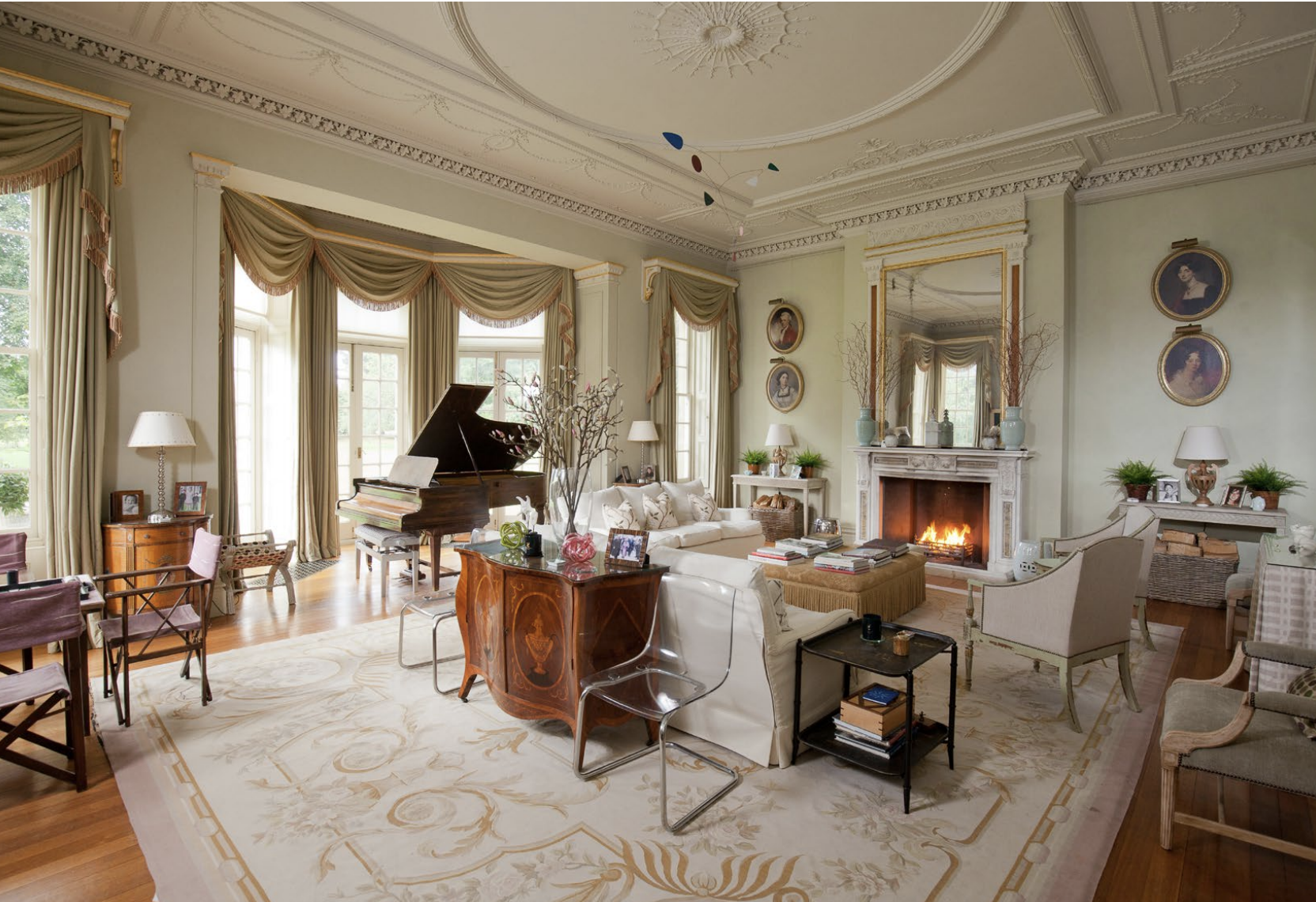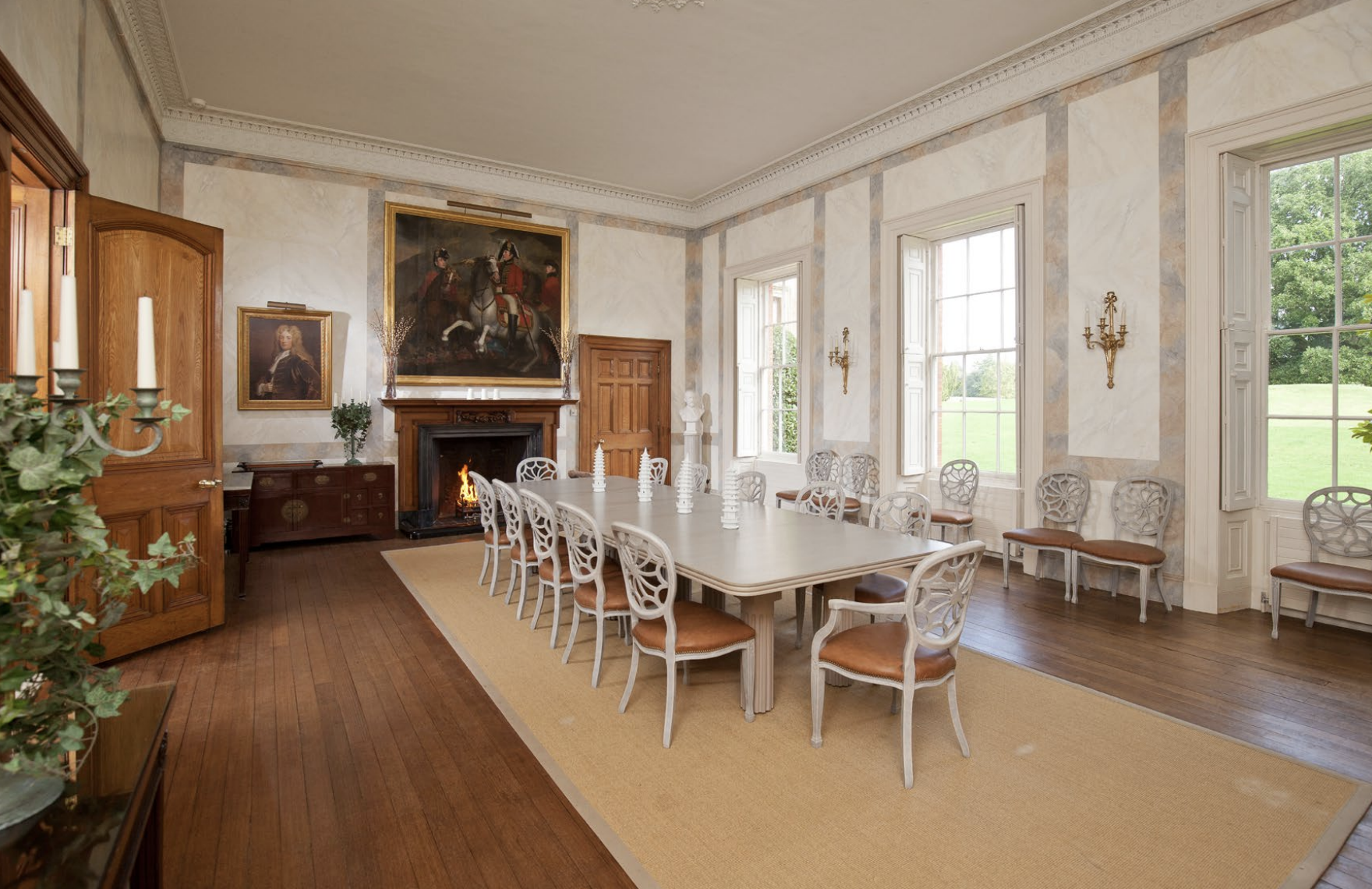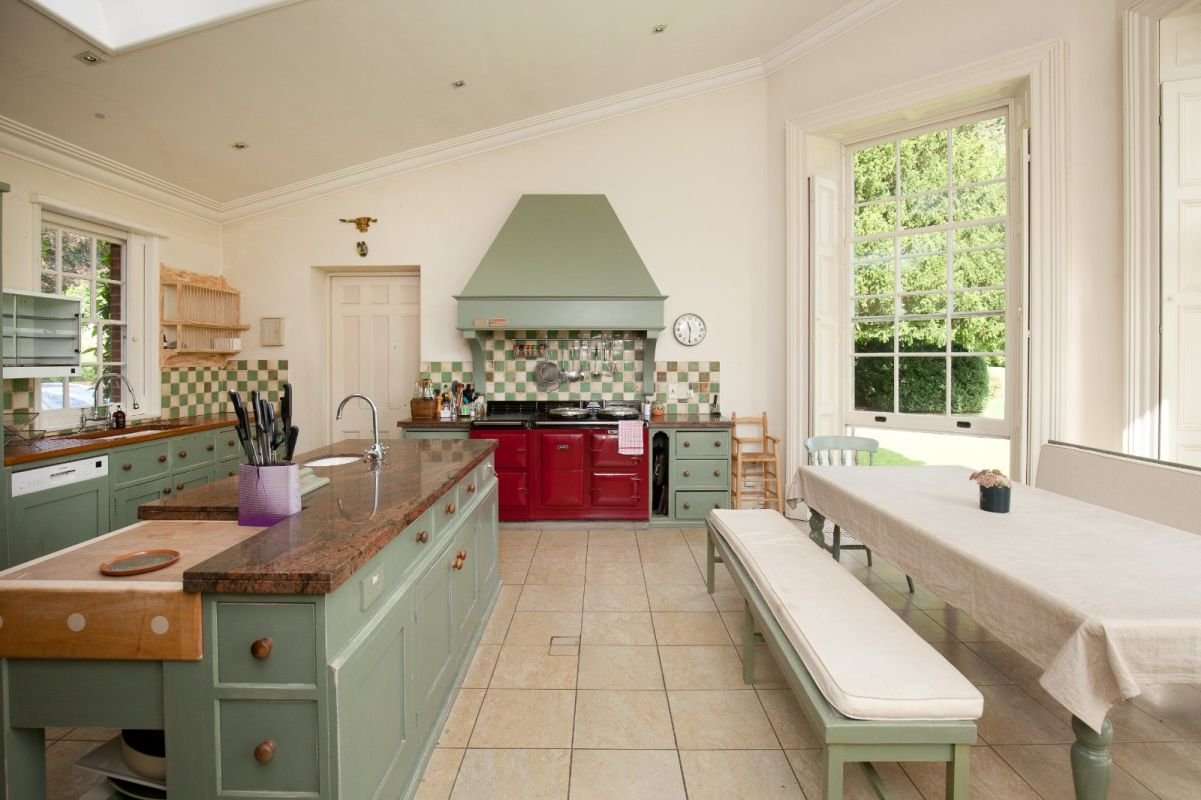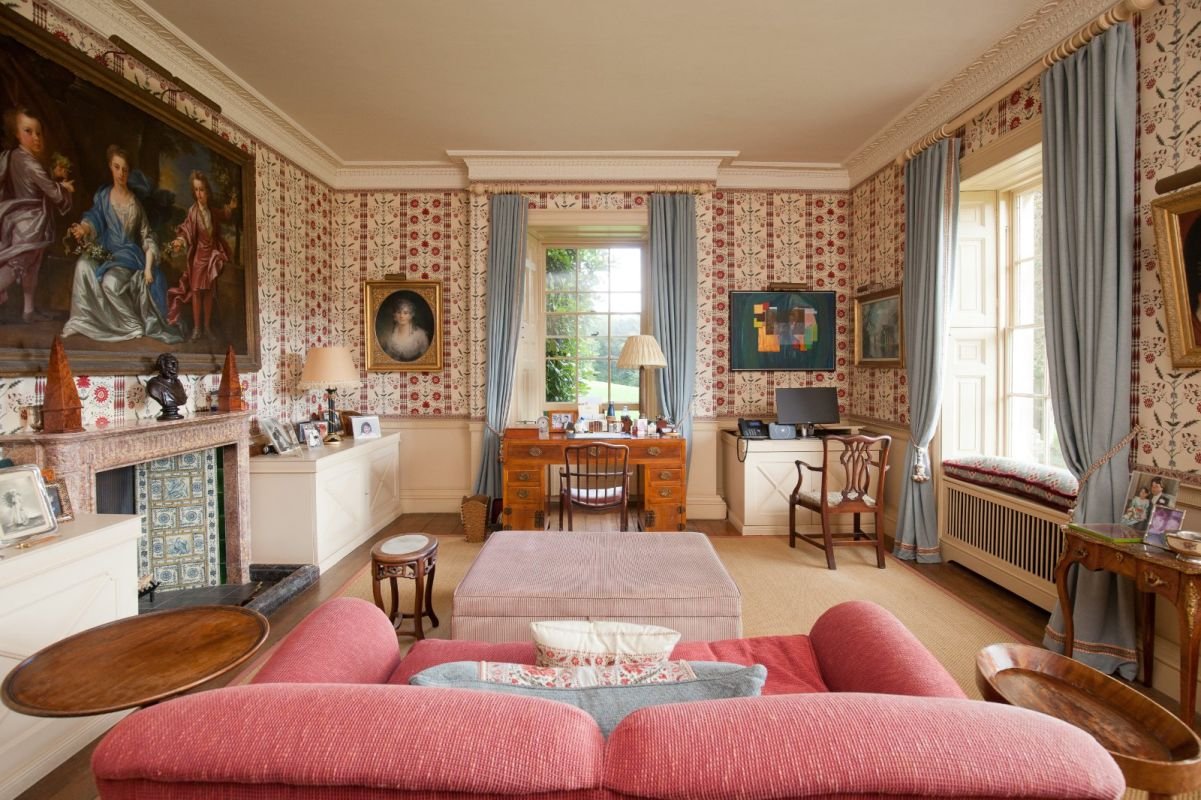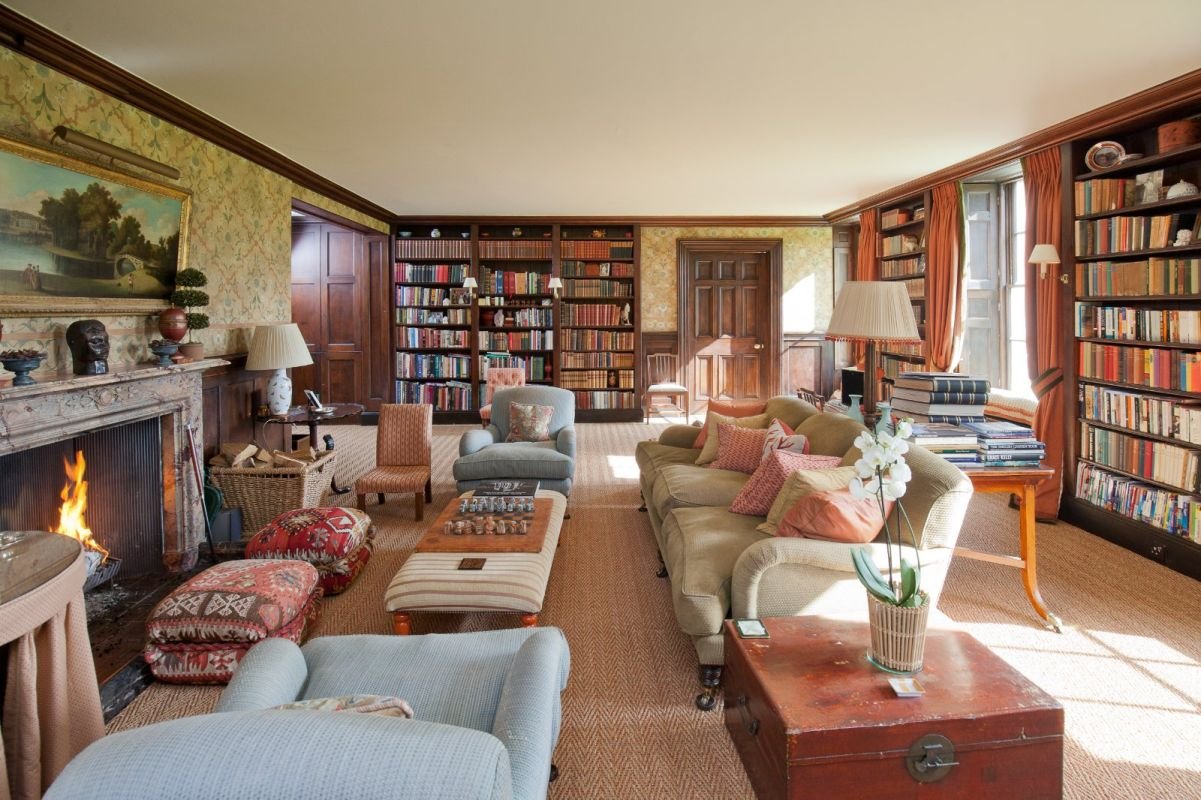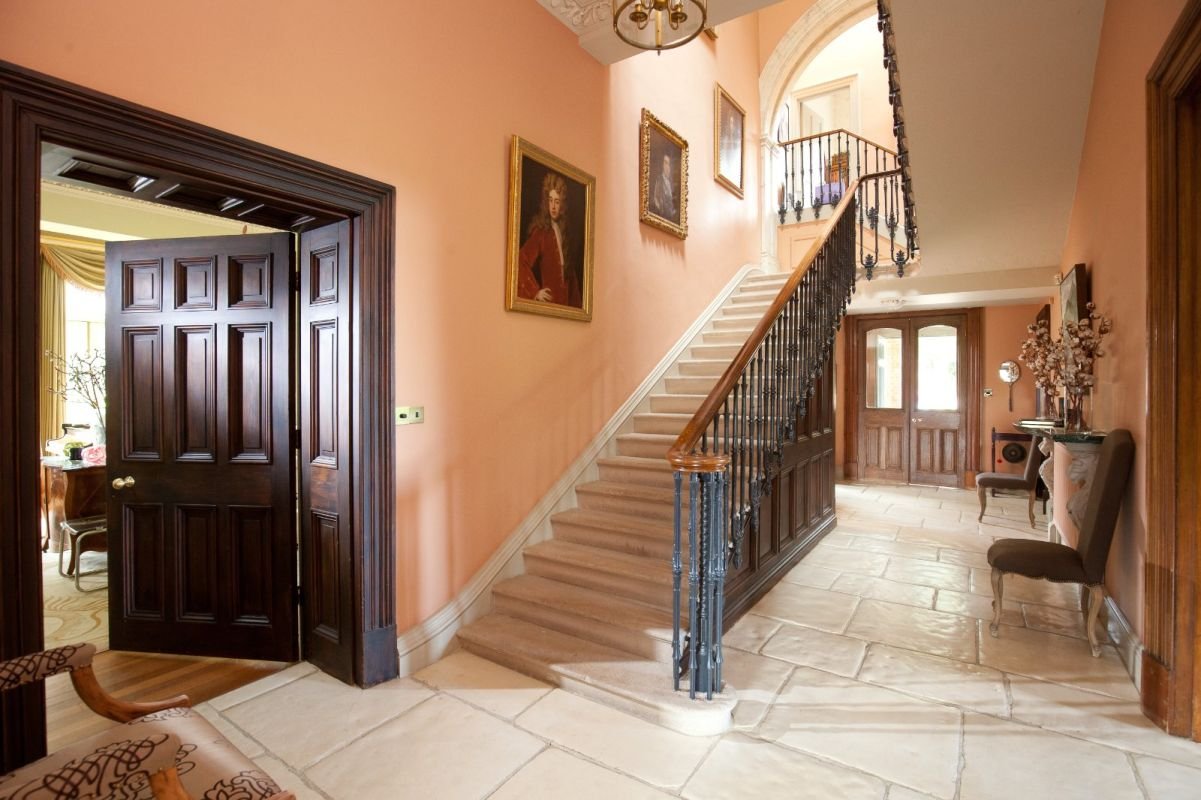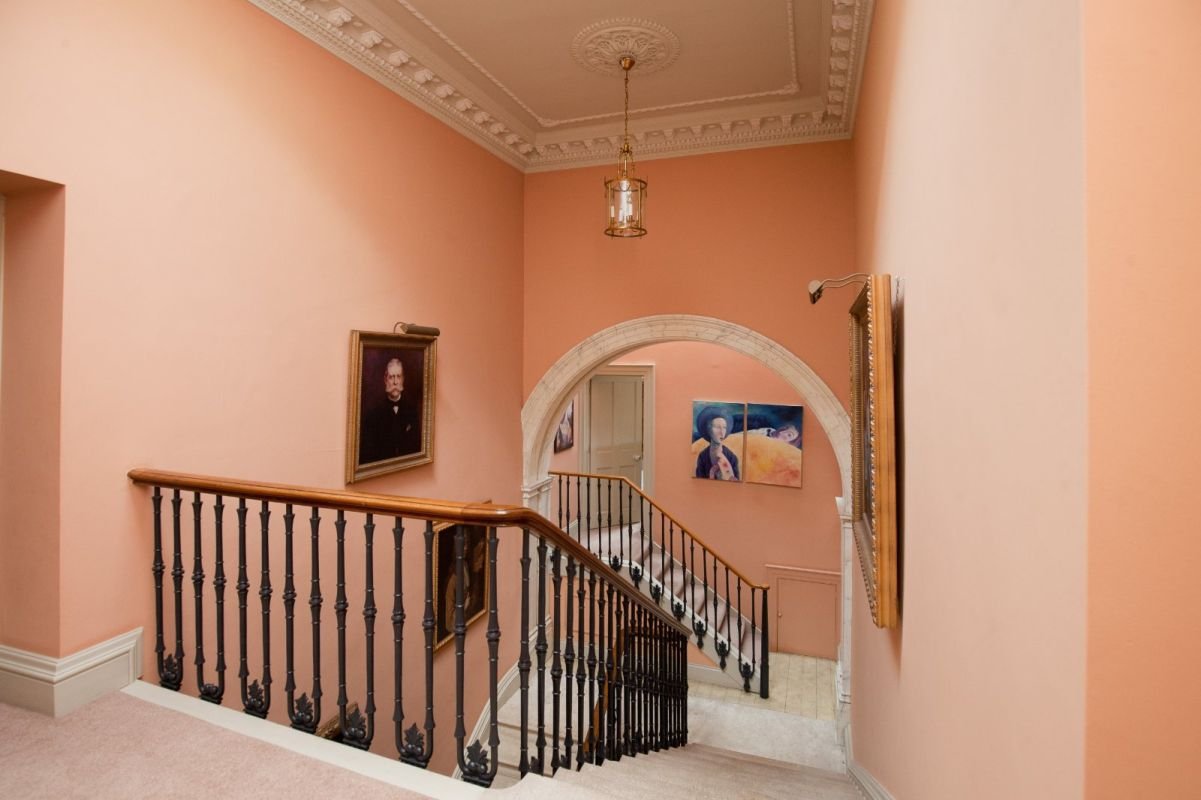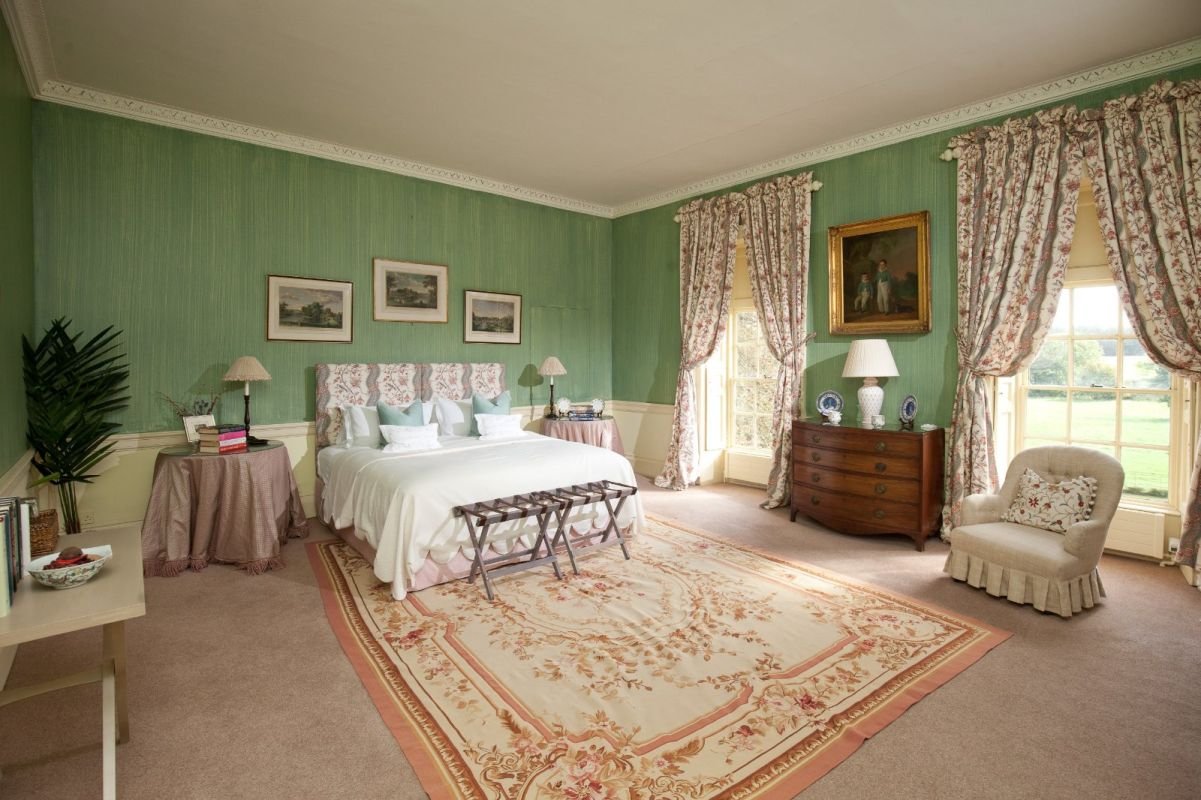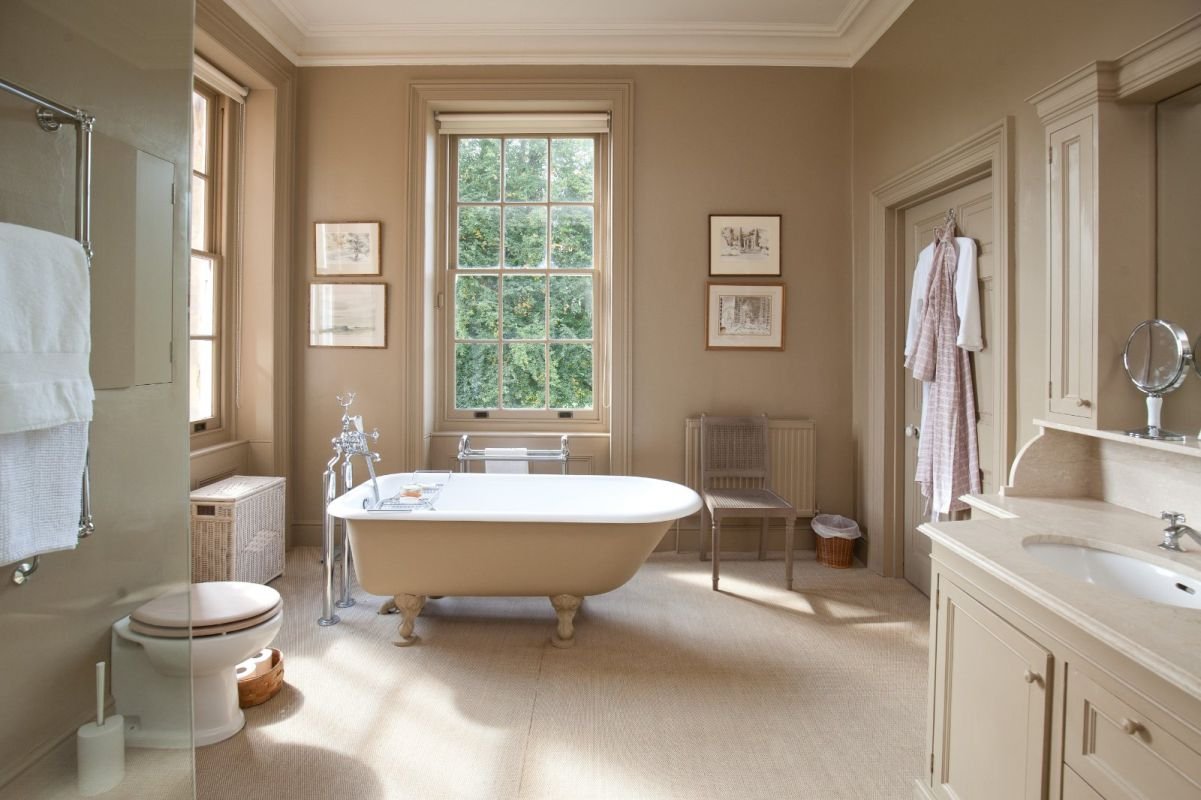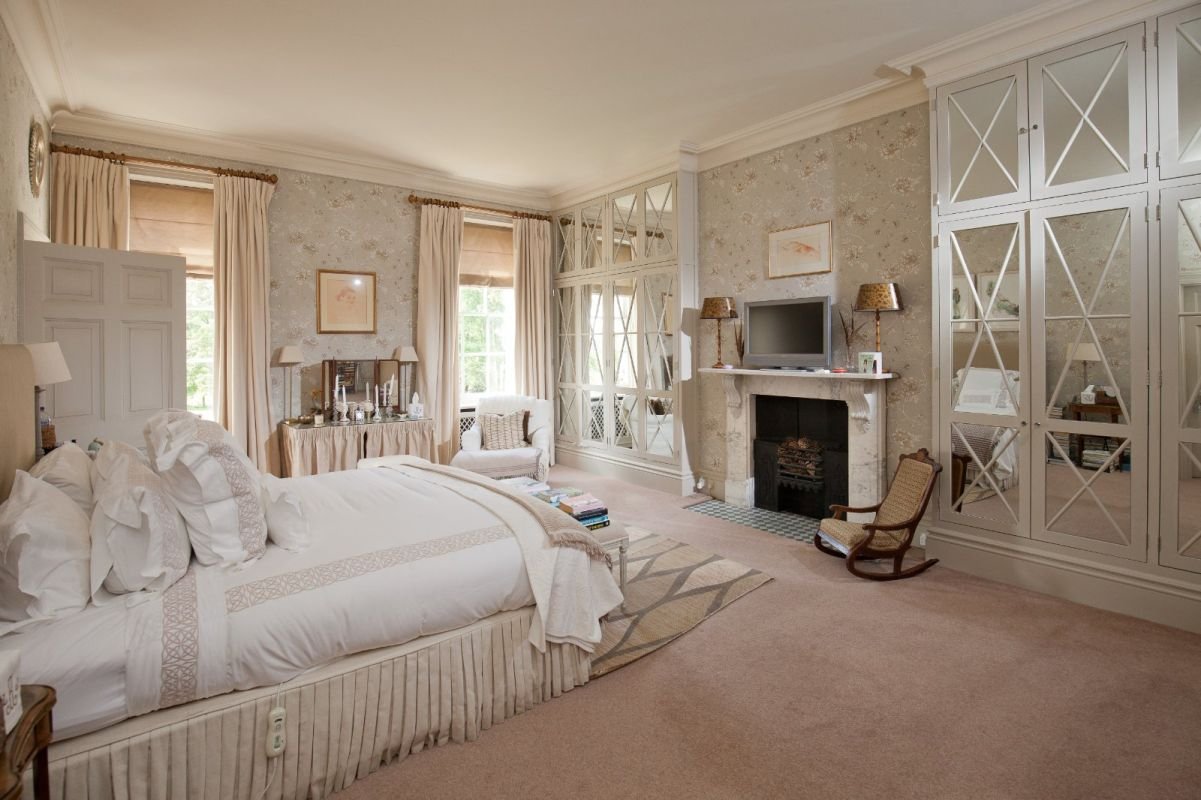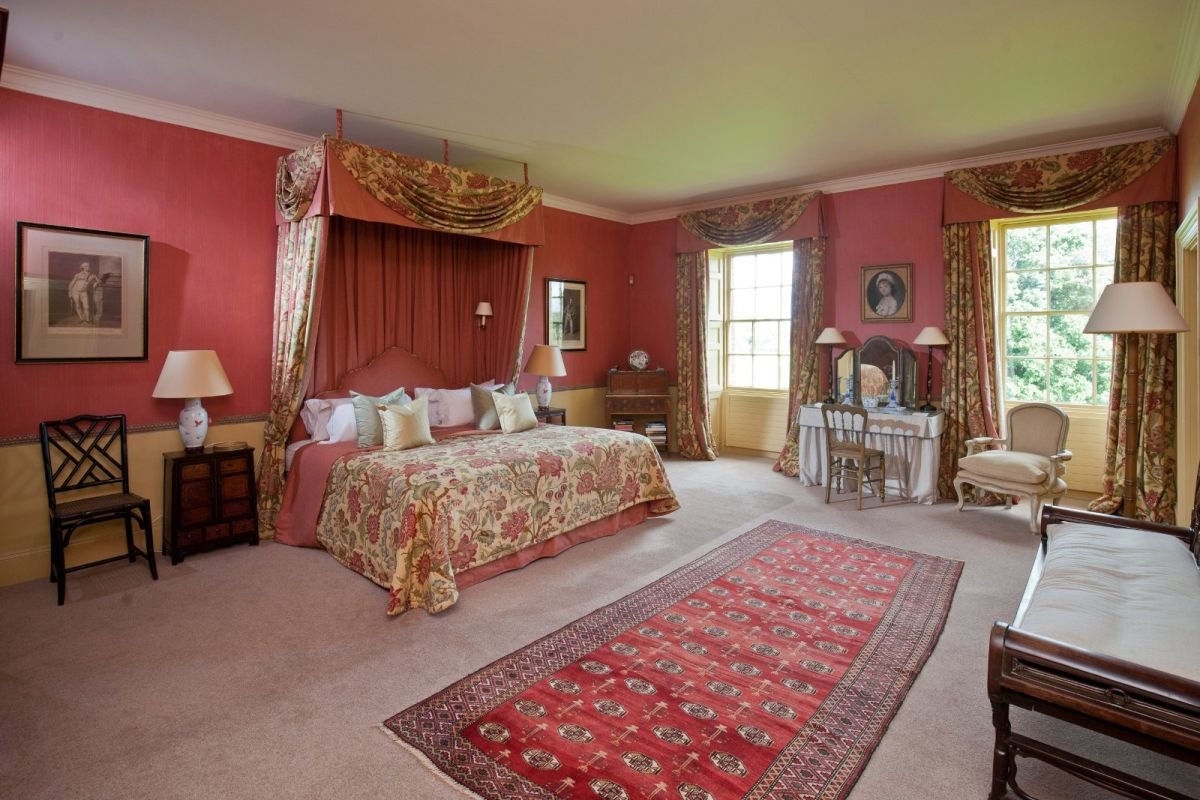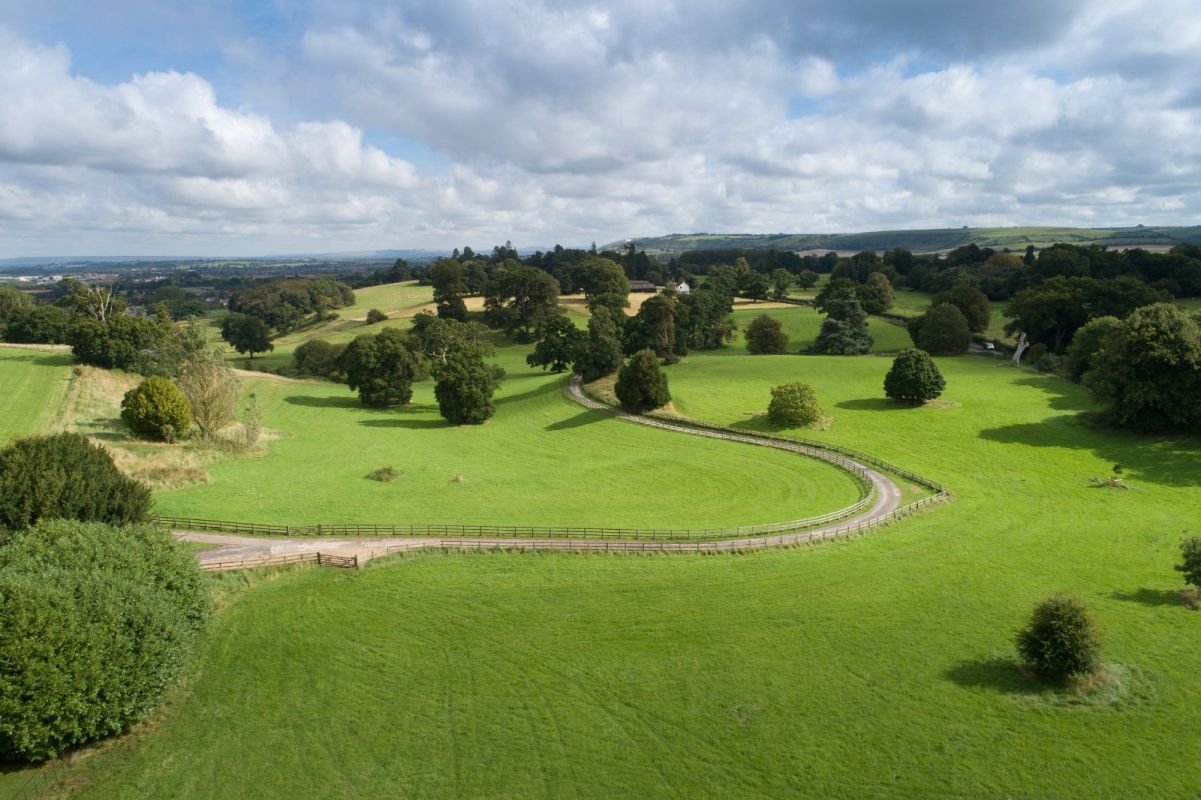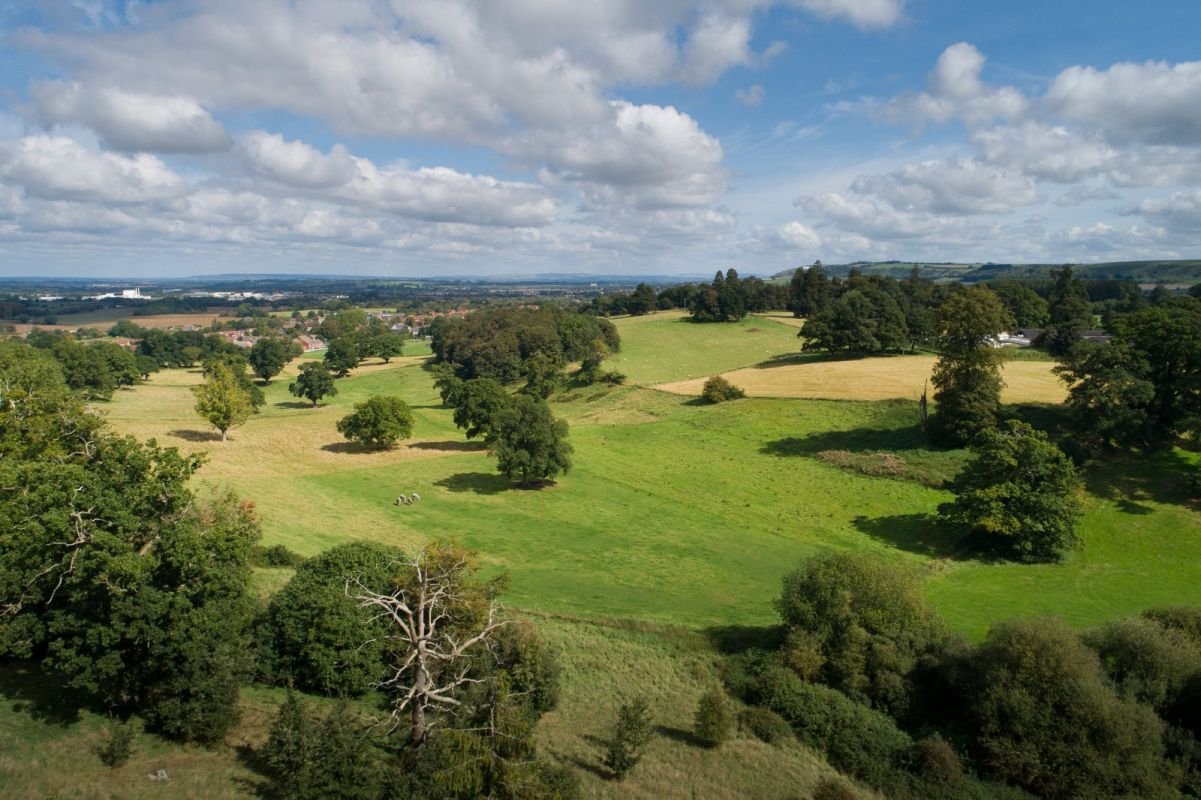17th Century Palladian Manor House Built on an Ancient Roman Site
The Grade II*-listed Chalcot House was built during the Mary and William period in the Palladian style, inspired by the architecture of Inigo Jones.
Featuring a rare combination of Doric, Ionic and Corinithian pilasters flanking the large sash windows, Chalcot House was described in Nikolaus Pevsner The Buildings of Britain (Wiltshire edition) as “unusually animated”.
“It’s probably one of the finest Palladian homes I’ve come across, and a really good example of William and Mary architecture – a short architectural period that’s incredibly sought after,” said Oliver Custance Baker, head of Strutt & Parker’s country house department.
The country estate spans 52.9 acres of mostly parkland set in the rolling hills of Wiltshire, complete with formal gardens, kitchen gardens and orchards.
Amenities include equestrian facilities with a 7-box stables, tack room and store, tennis courts, and a swimming pool with a pool house with a sauna, shower and changing facilities.
Chalcot House was built 300 years ago on the site of an ancient Roman settlement near Westbury. Ancient Roman coins were found near the house in the 1970s and 90s, and fragments of Roman pottery can still be found in the flower beds to this day.
Inside, the manor house offers fine period detailing throughout with several elegant reception rooms, a large country kitchen, and 10 bedrooms.
Additionally, there is a two-bedroom cottage on the estate providing further accommodation.
Located in the Wiltshire countryside near the artistic enclave of Frome, as well as the market town of Westbury, Chalcot House presents an extraordinary opportunity for the right buyer.
All photos belong to the listing agency.



